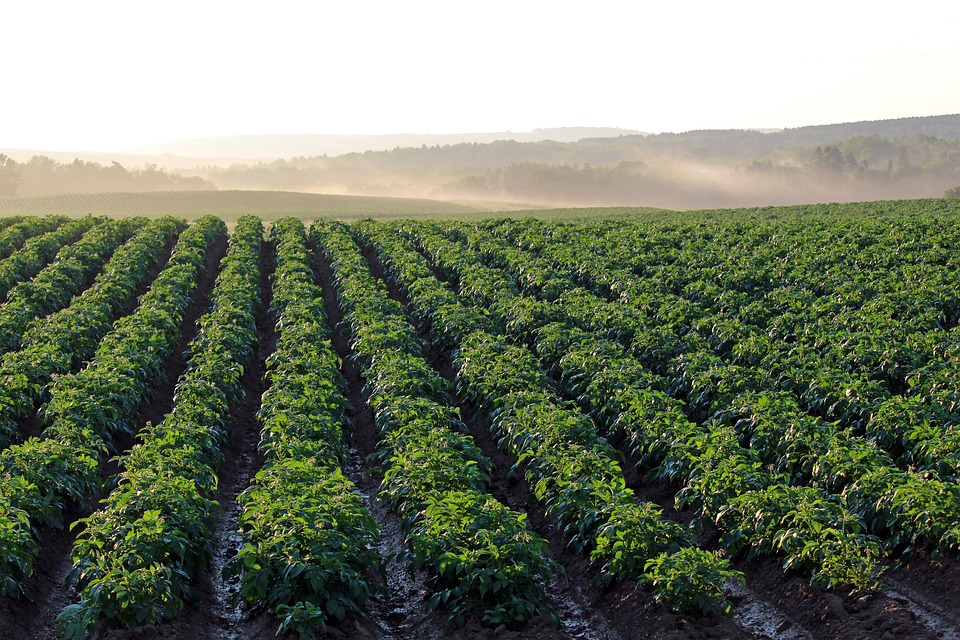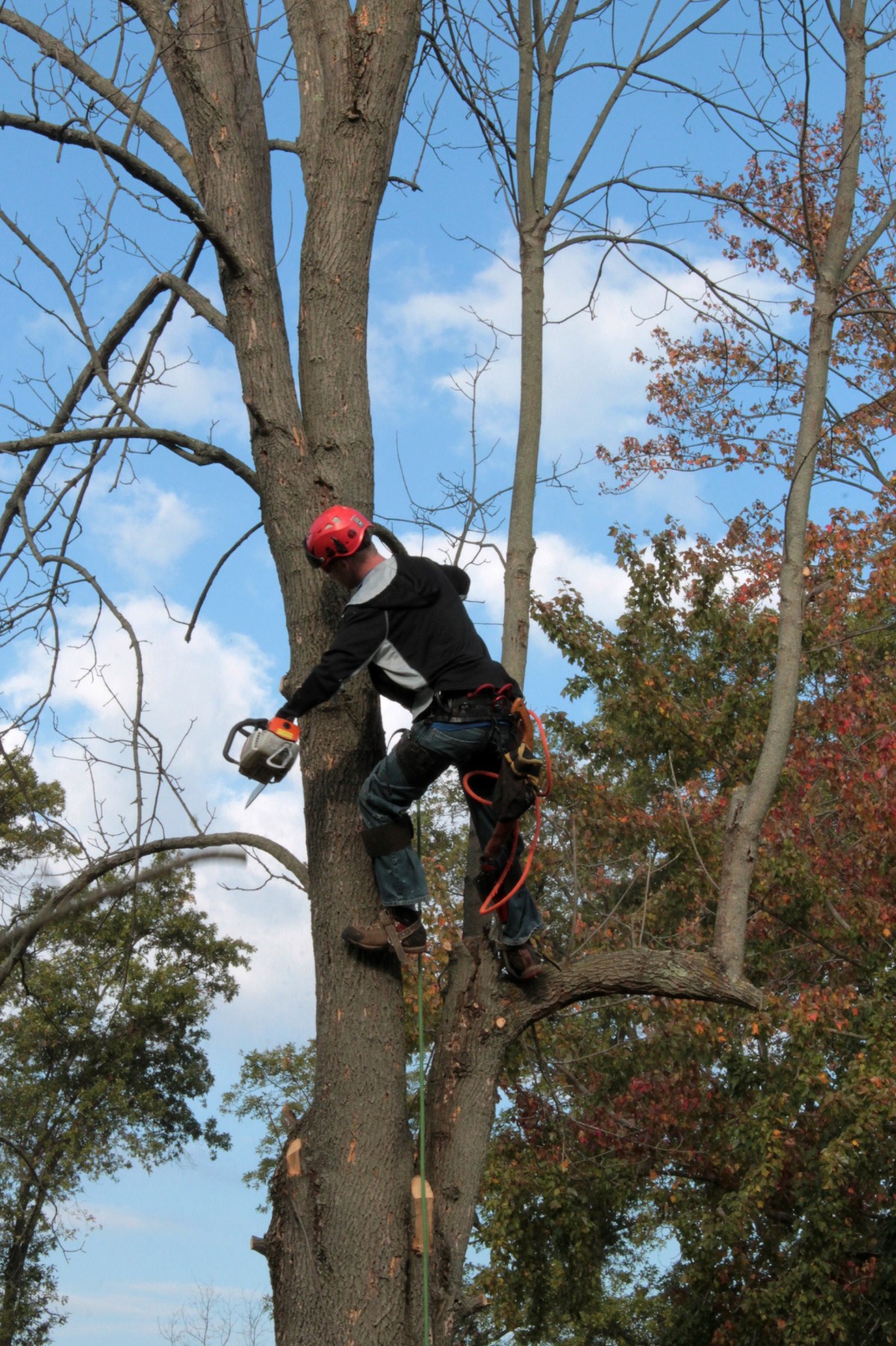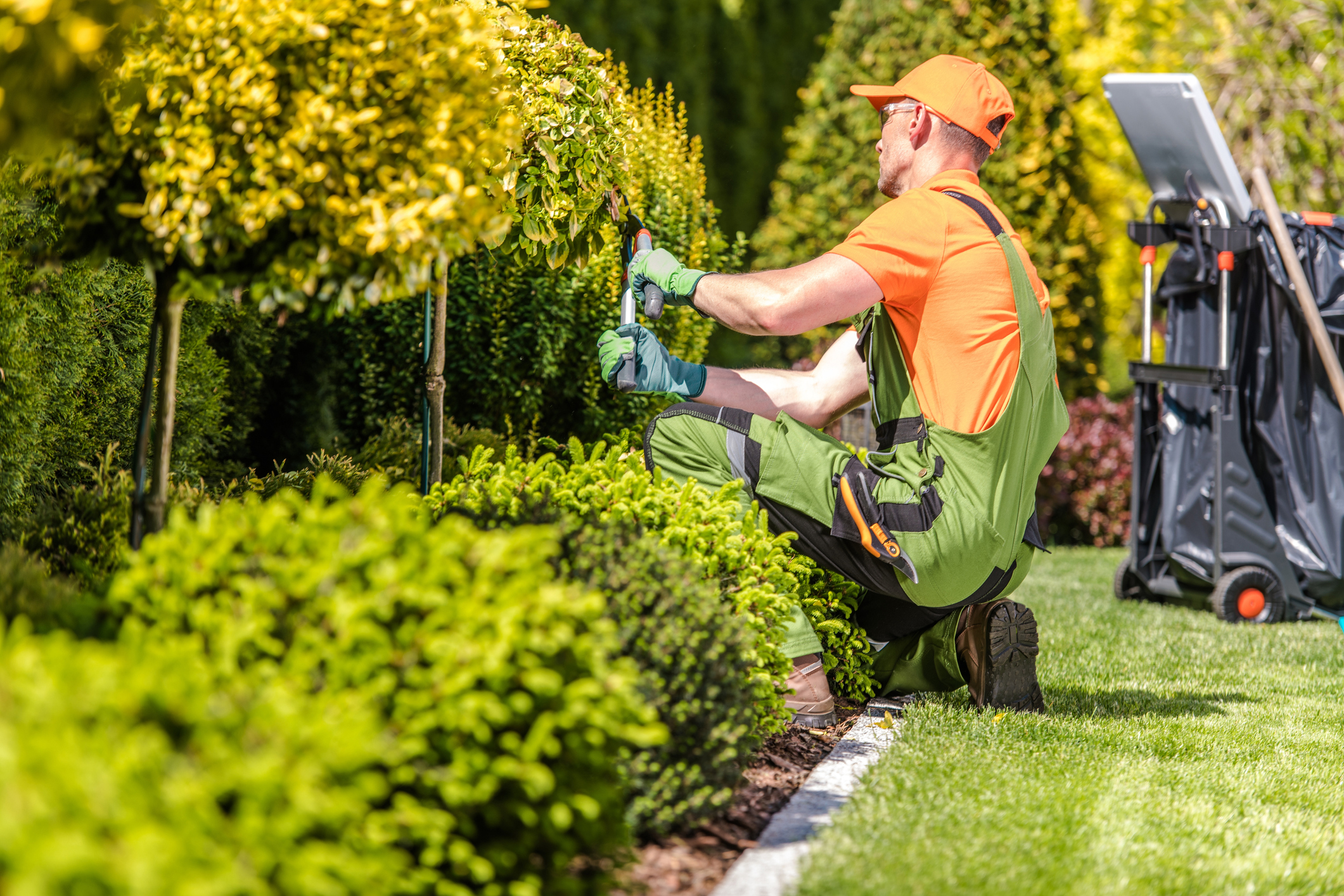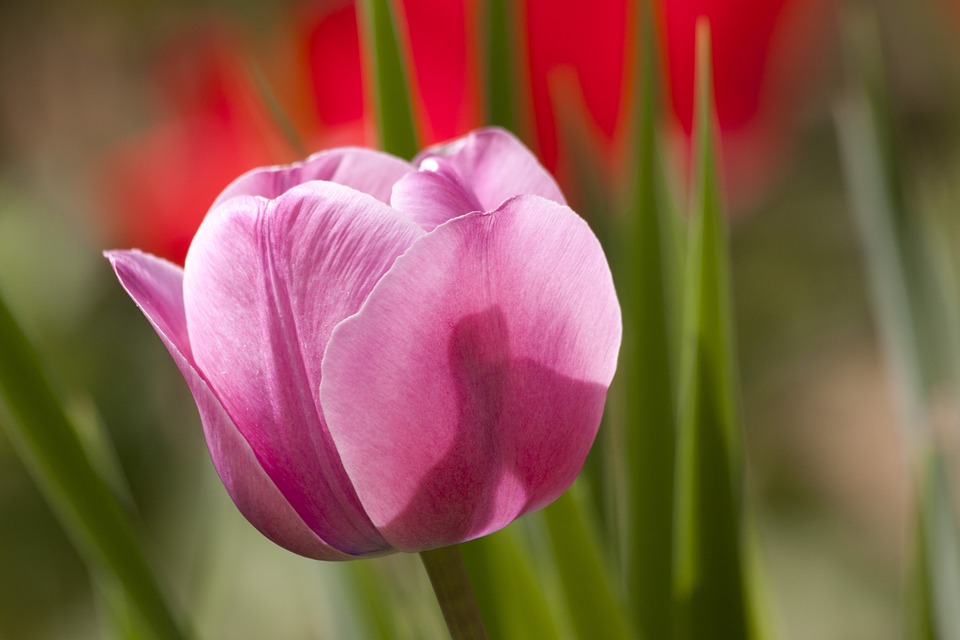Planting potatoes in your own garden is ideal for beginners. Care is relatively easy, and a rich harvest is guaranteed if you follow a few tips. What could be nicer than to grow this diverse tuber yourself and use it to prepare fresh and healthy dishes?! Here are some tips to help you out!
1) When to Plant Potatoes?
Potatoes are a member of the nightshades family, native to the Andes in South America, and are frost-sensitive plants. Therefore, you should wait until the soil temperature reaches at least 8 degrees before planting them in your garden. An excellent time to plant tubers is late spring, usually from mid-April to mid-May.
2) Buy or Pre-Germinate Potatoes?
Table potatoes to grow in your garden can be bought in nurseries, hardware stores, and online shops for a few euros. This usually involves a bag of pre-germinated potatoes. You can also prepare your potatoes and sprout them yourself. The ideal is to place the potatoes in a box with a bit of soil or compost mixture in early spring, press them into the soil and store this box in a light-filled cellar, for example, under a cellar window. Light is essential for solid sprouts.
Make sure the temperature is between 8 and 15 degrees. Soon after, the plants will sprout. Keep the box slightly moist. The size of the potatoes is of minor importance and is not decisive for the future yield of the crop. However, pre-germinated potatoes will ensure that the tubers will thrive in the garden and increase yields in autumn.

3) The Right Place
A sunny location is best for a large potato crop. If there are accessible, open areas in the garden, these can be optimally used for growing potatoes. Growing in a raised bed, where sun and warmth are usually guaranteed, also works very well in this respect.
4) What Soil Is Suitable For Potatoes?
Plants need nutrient-rich soil, ideally loose and of loamy-sandy composition. If your garden soil is not rich in nutrients, add compost before planting potatoes. This also applies to growing in a raised bed if you have enough space. Potatoes will quickly grow to a large size and eventually crowd out other vegetables.
5) How Are the Tubers Established?
Plan enough space to lay the tubers: the distance should be 40 to 50 centimeters. If you are planting in several rows, allow for a row spacing of 70 centimeters. Place the tubers about 10 centimeters deep in the ground and then cover them with soil.

6) How Does Piling Work?
Once the first shoots have grown vertically above the ground, pile soil around the plants. Repeat this process at regular intervals, every 10 to 15 days, until it eventually walls about 20 to 30 centimeters. The reason for piling is to ensure that the tubers always remain covered with soil; otherwise, they will turn green. On the other hand, this prevents the tubers from sitting too deep in the ground from the start and receiving too little heat.
7) Watering Potatoes
In the event of a prolonged drought, potatoes need plenty of water. Therefore, water in dry summers.
8) Watch Out For Rot
If you find that the shoots are affected by brown rot or late blight, remove the affected leaves immediately. Potatoes usually sprout quickly.
9) When to Harvest Potatoes?
Potatoes are harvested when the leaves start turning yellow and die. The best way to do this is dig the soil by hand or with a small shovel to find and collect all the potatoes. If you use a large spade, you risk injuring the young potatoes.

10) How to Store Potatoes Properly?
Fresh tubers are cleaned, dried, and then stored in a dry, frost-free, dark place. Make sure that diseased and rotten potatoes are sorted regularly.
Do you have any other tips? Share it with us in the comments below!



